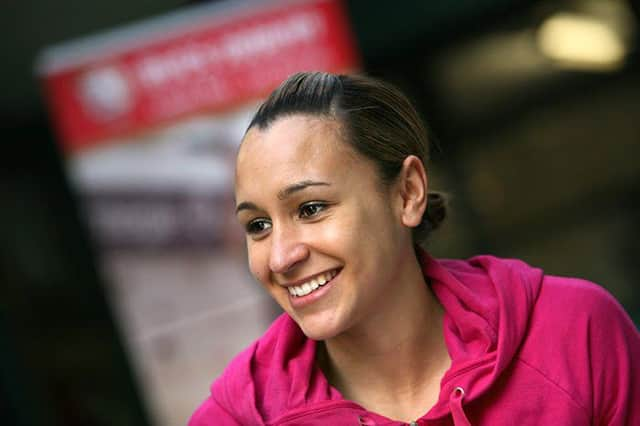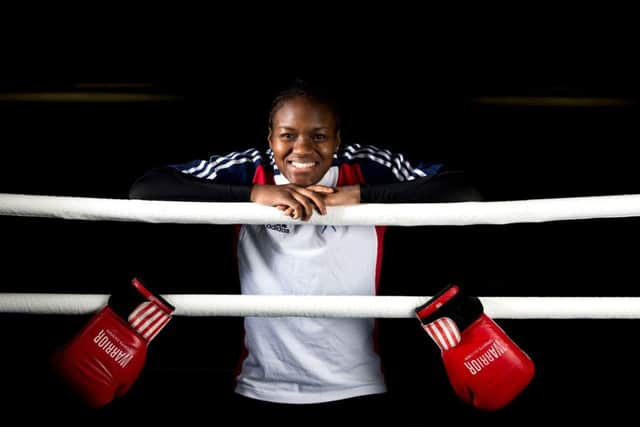They may lead the world, but women athletes are still '˜left behind by condescending media coverage'


They and other sportswomen are undermined by condescending media perceptions of what is “acceptable” for female competitors and in some cases by an unhealthy interest in their personal lives, a university report says.
It adds that they are too often portrayed as “smiley, maternal and non-threatening”, and their sporting prowess downplayed.
Advertisement
Hide AdAdvertisement
Hide AdLast night, the report’s author said the phenomenon could be traced back in part to the glamorous former tennis player, Anna Kournikova.


The one-time world number eight, who never won a singles title, was covered “more for the way she looked than the way she played”, said researcher Dr Katherine Dashper.
Her report for Leeds Beckett University suggests that reporters today who do not want to be accused of sexism are erring instead on not covering female sports – especially those they don’t understand.
She said the prowess of successful female athletes was being undermined by stories which questioned their performance, the level of their competition and the value of their sport.
Advertisement
Hide AdAdvertisement
Hide AdMs Ennis-Hill is singled out in the report, with her retirement last year described by some commentators as the result of her “‘failure’ to win gold”.


Dr Dashper also said the Sheffield heptathlete had been the victim of sexism by the male-dominated sports media, with references to her body “in objectifying ways”.
Ms Adams, the first female boxer to break through into the mainstream media, has also been the victim of demeaning reporting with her first round bye at last year’s Olympics leading some to “undermine her achievement by questioning the level of competition within women’s boxing”.
The Leeds flyweight, who earned the epithet “the babyface assassin” in some quarters, got off more lightly than some, “because male sports journalists are comfortable with boxing”, Dr Dashper said.
Advertisement
Hide AdAdvertisement
Hide AdIn contrast, Charlotte Dujardin, the most successful British dressage rider of all time, who won Olympic gold in 2012 and 2016, had been the victim of the media’s ignorance of her sport, the report says.
“The lack of knowledge of dressage by sports journalists was evident in the frequent factual errors in stories about Dujardin, and in the mocking tone of some stories,” said Dr Dashper, who went on to suggest that some reporters were less interested in her performance than in her “long-suffering” fiancé holding up a sign from the crowd, proposing marriage.
She said: “Female athleticism continues to be framed as less important, exciting and worthy than men’s – for example, by consistently using the prefix ‘women’s’.”
But the study found attitudes towards women competing in more traditionally masculine sports were changing.
Advertisement
Hide AdAdvertisement
Hide AdDr Dashper said that since Ms Kournikova’s retirement there had been “a real kind of awareness not to sexualize female athletes”.
‘Step aside, love, we’ve got men’s sports to cover’
THE media has often been more interested in Jessica Ennis-Hill’s role as a mother than her performance on the athletics track, the report suggests.
Researcher Dr Katherine Dashper said Ms Ennis-Hill was “sometimes simply referred to as ‘supermum’ and many articles had speculated on how hard it must have been for her to leave her son and husband behind in the UK, and on how pregnancy may have affected her body”.
But coverage of the boxer Nicola Adams had demonstrated some progress, she added.
Advertisement
Hide AdAdvertisement
Hide Ad“It would have been unimaginable to get positive coverage of a female boxer 10 years ago and to see powerful women being celebrated as successful.
“But there is a long way to go before it becomes normalised.”